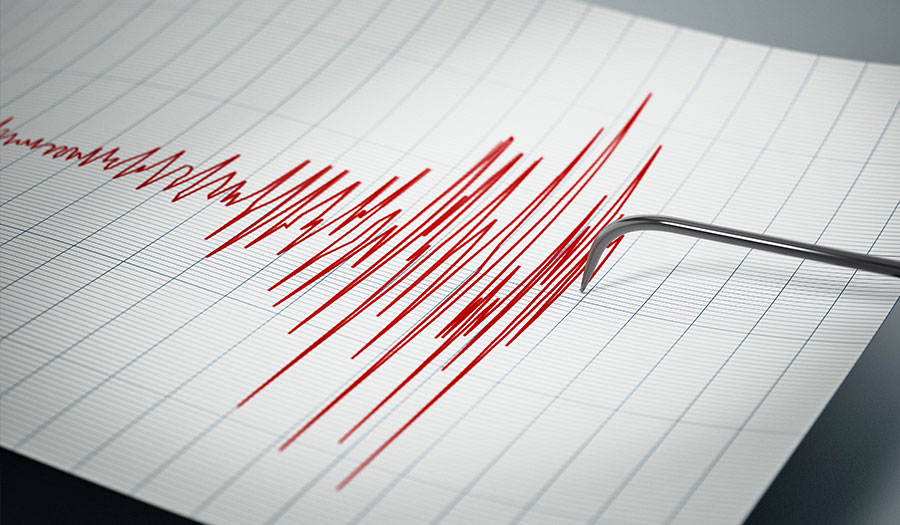 AP/Luis Alberto Cruz Hernandez
AP/Luis Alberto Cruz Hernandez
World News Desk
Learn the why behind the headlines.
Subscribe to the Real Truth for FREE news and analysis.
Subscribe NowA powerful earthquake of magnitude 7.4 struck the coast of southern Mexico on Tuesday, killing at least one person, buckling paved roads, and setting off a tsunami in nearby Pacific coastal areas.
One person died in the state of Oaxaca, Governor Alejandro Murat said, after the quake hit the Pacific coastal state mid-morning.
The country’s seismological service said a tsunami on the Oaxaca coast was ongoing, with the sea level having risen 2 feet at Huatulco beach, a popular destination for U.S. and Canadian tourists.
Mexico’s civil protection agency recommended that residents move away from the coastline. Videos on social media showed the ocean’s water receding in Oaxaca, a mountainous state that is also home to coffee plantations and Spanish colonial architecture.
Miguel Candelaria, 30, was working at his computer in his family home in the Oaxaca town of Juchitan when the ground began to tremble. He ran outside with relatives, but they had to stop in the middle of the street as the pavement buckled and rocked.
“We couldn’t walk…the street was like chewing gum,” said Mr. Candelaria, 30.
Neighbors screamed in terror and some shouted out warnings to run from the electricity poles that looked poised to fall, said Candelaria, who works in telecommunications marketing.
There had been more than 140 aftershocks, most of them small.
Seismic alarms sounded midmorning with enough warning for residents to exit buildings. Power was knocked out to some areas.
Helicopters flew over downtown Mexico City and police patrols sounded their sirens.
Groups of people still milled around in close proximity on streets and sidewalks in some neighborhoods of the capital about an hour after the quake.
The earthquake hit a quake-prone region where four underground tectonic plates come together. In the past 35 years, there have been at least seven magnitude 7 or greater earthquakes, killing around 10,000 people—most of them in a 1985 8.0 quake.
“This has the potential to be a deadly earthquake and cause significant damage,” U.S. Geological Survey seismologist Paul Earle said. “This area is capable of and has had larger earthquakes in the past.”
“There will be aftershocks,” Mr. Earle said. “It is not unexpected to see a magnitude 6 at this point and a number of smaller ones.”
This report contains information from Reuters and The Associated Press.
- Real Truth Magazine Articles
- AMERICAS
 Getting Ready for the Big One
Getting Ready for the Big One


